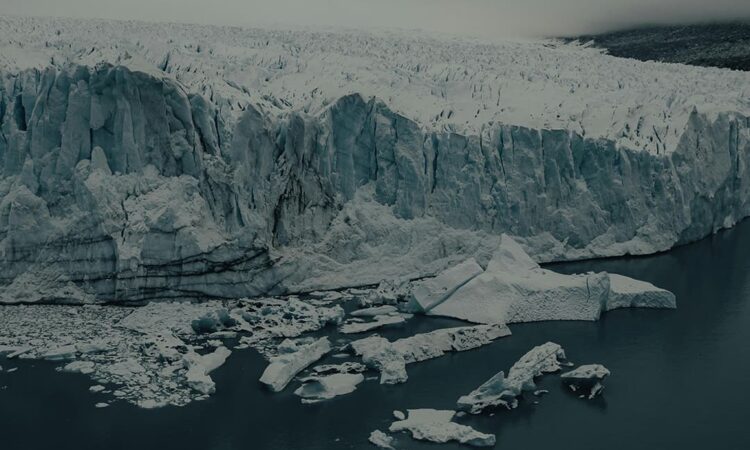The late 90s of the XX – zero years of the XXI century were marked for Antarctica by amazing discoveries. First, scientists at the Vostok polar station found an ice-free subglacial lake – the largest Antarctic lake discovered to date, holding approximately 5,400 km³ of water. This is only 3.5 times less than in Baikal – the largest freshwater body of our planet. Lake Vostok is located under a 4 km thick ice sheet. Its uniqueness lies in the fact that, according to scientists, it has been isolated from the Earth’s surface for several million years.
In 2006, American geophysicists Robin Bell and Michael Studinger announced the discovery of the second and third largest subglacial lakes of 2000 km² and 1600 km², located at a depth of almost 3 km from the surface of the continent. To date, approximately one hundred and fifty such features have already been discovered in Antarctica. These deep subglacial lakes have generated considerable interest in the scientific community. Microbiologists have suggested that such reservoirs may well be inhabited by living organisms, because there are all the necessary factors for this.
Recently, scientists from Michigan Technological University collected water samples from the subglacial Lake Willans, located in West Antarctica and lying at a depth of almost 800 meters below the surface. The study revealed more about the conditions to which microbial life can adapt. Organic carbon is known to be a key nutrient for microorganisms.
The researchers’ calculations showed that subglacial lakes contain 50-55 times more carbon than the minimum amount needed to support microbial life. Other favorable factors are sufficiently high water temperature (3°C at the water-ice boundary and up to 10°C at depth), as well as high oxygen content (about 50 times higher than in ordinary fresh water). The researchers hypothesize that lake water is enriched with oxygen due to the upper ice layers gradually sinking to depth, and heat is generated by underground geothermal sources. The temperature of the near-surface layer of lake ice does not exceed -7°C, which is the lower limit for the metabolic activity of bacteria known to science. According to calculations, the water pressure in the lake is more than 300 atmospheres, but microorganisms could well adapt to such conditions. By adapting, they may have unique properties because they were isolated from the rest of the biosphere for a very long period of time, so evolutionary processes there occurred independently. Scientists believe that studies of such closed ecosystems will expand knowledge not only about the Earth, but can also serve as a key to understanding the possibility of life on other objects in the solar system, which have conditions similar to Antarctic.
Back in 1989, the joint efforts of Soviet, French and American researchers began to develop deep well 5G-1 above Lake Vostok, located near the magnetic pole of Antarctica. For millions of years, the body of water was isolated from the outside world and lived its secluded life. In 2015, polar explorers managed to completely drill through the ice column above the lake and reached its surface at 3769.3 meters, raising two ice cores to the ground. At a depth of more than two kilometers, microorganisms were found in the samples. A bacterium called w123-10 was found in the water frozen on the drill core. In early October 2016, information about the uniqueness of the found microorganism was made public – the bacterium has 86% genetic similarity with living beings known to modern science.
